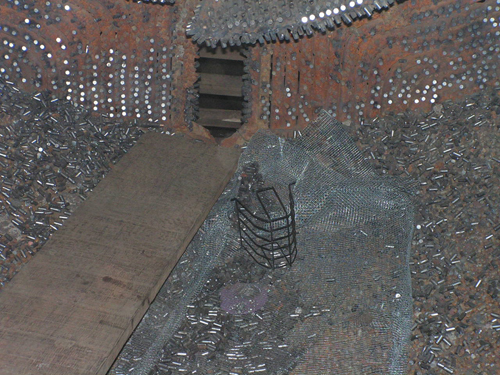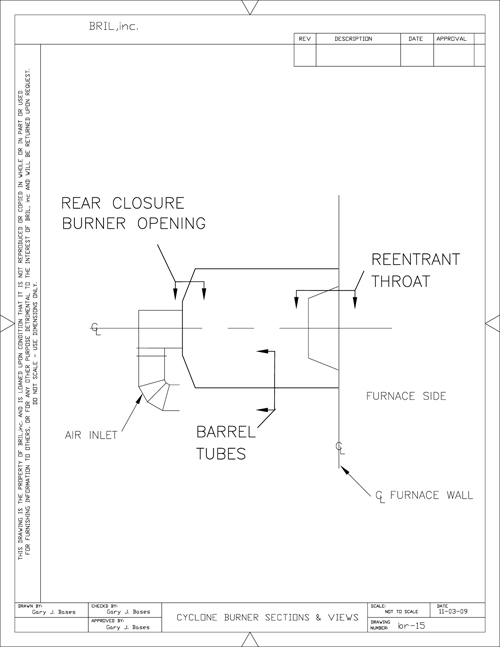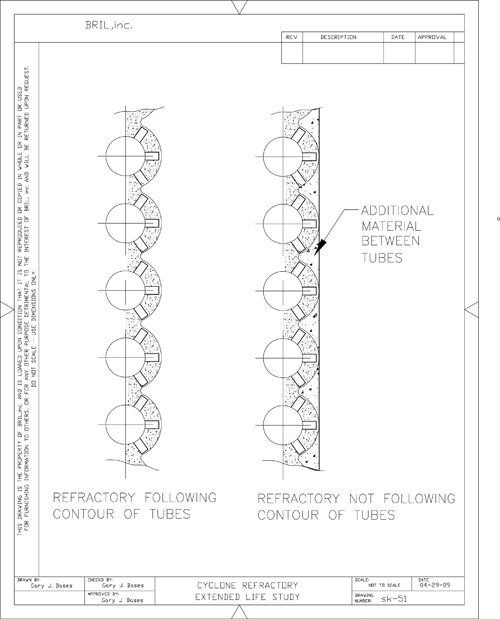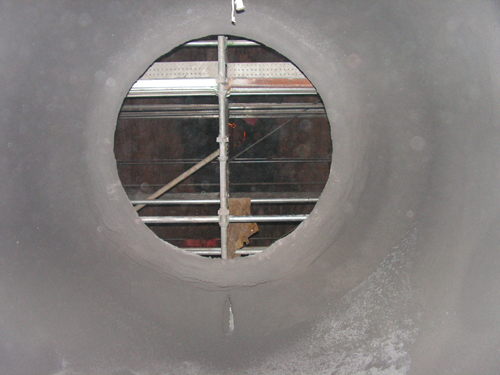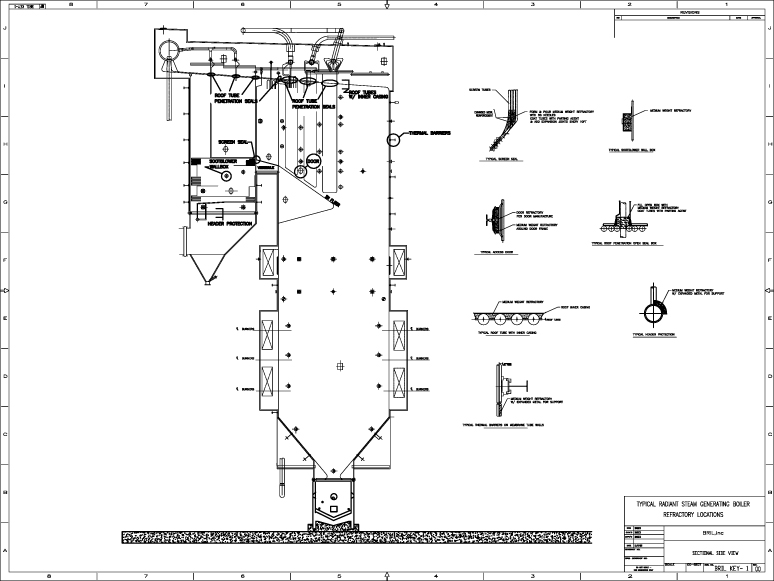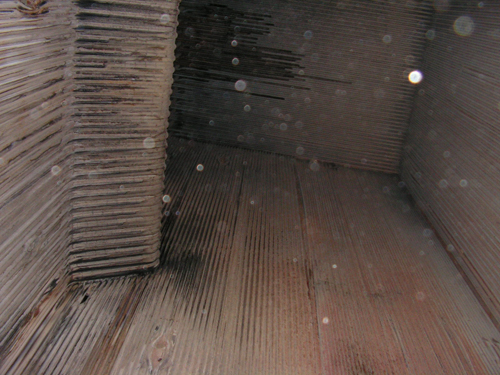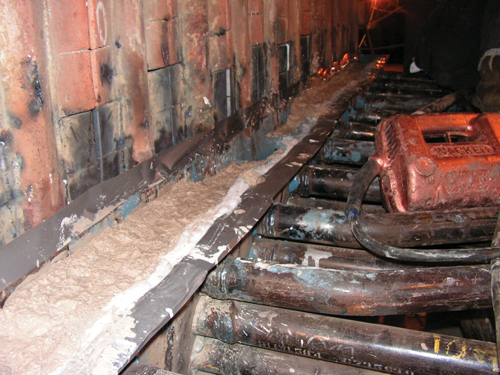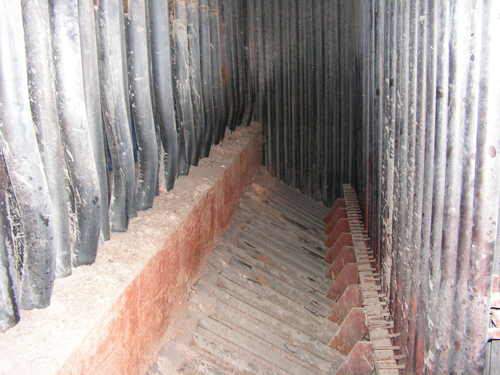Stock markets plunge and rally, markets for new homes soar and collapse, materials and energy prices inflate and settle back, but according to veteran subcontractors, the key to ensuring that your company survives a challenging economy is to shun decisions made in the moment and stay coolly focused on the bottom line. According to subcontractors whose companies have weathered previous economic downturns, focusing on getting profitable work is what will bring your company safely through an economic rollercoaster ride.
A strong focus on evaluating profit and maintaining profitability is one of the reasons that the Buckner Companies, a steel erection contractor and crane supplier based in Graham, North Carolina, is still in business after 62 years. During those 62 years, the United States has experienced six recessions and Buckner has weathered them all. According to CEO Eddie Williams, profit—not volume—is what should take center stage in times of economic uncertainty: “You need to look at your job history and see which jobs were profitable—you have to know when to say no, and how low you can go.”
With this approach, Buckner has been able to avoid the negative consequences of taking work below cost. The company has even bailed out others that took on additional work in an attempt to solve their financial woes. “The last time the economy was down, competitors that bid below cost were overloaded with cheap work,” says Williams. “When things turned around, we had to complete the work others couldn’t. We furnished employees on an hourly basis to competitors who contracted too much work—a win-win situation.” Other veteran subcontractors have focused on profit not just as the key to keeping their companies healthy, but also as a measurement tool to understand and react to market changes. Analyzing the profit built into bids tendered versus the prices of bids accepted has provided valuable intelligence about the effects of increased competition to McGuire, Inc., a Baltimore, Maryland–based commercial and industrial concrete contractor serving the mid-Atlantic region since 1985. When profit margins dropped and customers started putting projects on hold at the end of 2007, President Tim McGuire decided to look into the profit factor more closely. “We run a pretty tight ship, so there was little room to cut anything,” says McGuire. “We did, however, begin tracking our bids more closely by using a spreadsheet to log project size and profit bid versus actual low bidder. This way we could eventually react, on almost a daily basis, to market changes that were drastic.”
Both Buckner Companies and McGuire, Inc., have followed projects with more profit potential, sometimes passing on larger, but financially riskier, projects. The extra effort to secure profitable work sometimes has meant going off the beaten path. “We follow jobs that are not just run-of-the-mill,” says Williams. “We might move out to a larger [geographic] radius, but we look for certain kinds of jobs with the equipment and people we have.”
“We began bidding very small projects that we usually would recommend to others,” says McGuire. “These jobs helped to bridge the gaps.” McGuire is careful to point out that bridging the gaps doesn’t mean taking work for work’s sake. McGuire evaluates risk and profit on each job. “Often times, diversification requires capital and risk that could backfire in our current economic condition,” he says. “That being said, you do have go way out on the limb to pick the best fruit.”
Knowing your company’s capabilities and business processes is critical to remaining financially healthy, according to Jim Totty, process manager for the Buckner Companies. “Know what you’re good at,” says Totty. “Know where your sweet spot is and stay within that target.” Totty meets with Buckner’s managers every week to review core business processes. He says that these meetings show him the benefit of key company personnel having clear, up-to-date information about processes like accounts receivable and measures like labor productivity. “Create a team environment in the company,” Totty says. “Let people know where you are and give them information; having the information about the big picture helps.”
Sometimes, protecting financial health will force subcontractors to make difficult business decisions, but even then, having and being open with information can help. Last-minute decisions to put major projects on hold meant McGuire, Inc., had to lay off a third of its employees for several weeks. Rather than shying away from sharing information about the company’s position, McGuire took a different approach. “When we had to make our initial layoffs, we held a company meeting and educated everyone on our work in progress and pending contracts to try to give them some level of confidence,” he says. “We made it clear that taking care of them is one of our top priorities. We also shared our economic outlook into the near future and told them how important their role would be. At the end of the meeting, we were thanked repeatedly for our transparency.”
Relationships with lenders and customers also take on new importance when the economic pressure is on. “Now is an excellent time to meet with your banker to analyze your current and projected situation,” McGuire says. “Send your banker a monthly or quarterly income statement. Don’t wait until trouble is on the doorstep to call the bank.” Subcontractors can ask customers to evaluate business practices so that they have a minimal negative impact on cash flow and profit. Retainage, for example, always places an extra strain on cash flow, but falling profit margins amplify its effects. McGuire recommends addressing this issue with customers directly: “More than ever, now is the time to push customers to push owners and banks to reduce retainage on contracts. With profit margins plummeting closer to zero, 10 percent retainage can be a coffin nail. The decision between lower retainage and construction team failure is a no-brainer.” For subcontractors, getting the right to access project financial information can provide an extra level of assurance that adequate project funds exist. (See sidebar “Know Your Lifeline—Get Project Financial Information”.)
Surviving multiple recessions has taught the Buckner Companies that some contract provisions are too financially risky for any economy. For Buckner, certain provisions are negotiable and others aren’t. “No contingent payment and no subrogation waiver for workers’ compensation,” says Williams. “Plus we’re very cautious about additional insured.” Williams, an ASA member since the early 1970s, adds: “We can attribute a lot of Buckner’s success to ASA. We cannot put a value on what we’ve learned from ASA.”
When it comes to reducing the impact of a negative economy, consider the advice of veteran subcontractors. Focus on profit and the processes and business relationships needed to maintain it. Don’t learn the lessons the hard way.
Reprinted with permission from the First Quarter 2009 issue of ASA’s The Contractor’s Compass (www.asaonline.com) and with permission of Naylor, LLC. All rights reserved.

